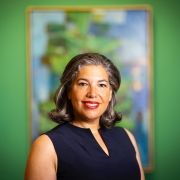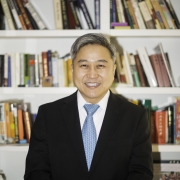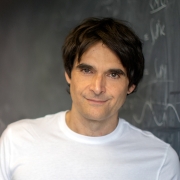Physicists Shed Light on How Wetness Affects a Phenomenon in Foams
Whether drinking beer, eating ice cream, or washing the dishes, it’s fair to say that many people come across foam on a day-to-day basis. It’s in everything from detergents to beverages to cosmetics. Outside of everyday life, it has applications in areas such as firefighting, isolating toxic materials and distributing chemicals. But there’s still a lot to be learned about this ubiquitous material.
“Foams are nature's ideal random disordered materials,” says Douglas Durian, a physics professor. “Ordered solids, materials with a crystalline structure underneath, are easy to describe. Where we don't know a lot, but are still learning, is in systems that are disordered and far from equilibrium, and that's this to a T. You could conceivably make an ordered foam by blowing individual bubbles all the same size and stacking them like cannonballs, but you'd be bound to make a tiny error. If one bubble is infinitesimally smaller than all the rest, it'll be under higher pressure, and it'll start to shrink. It naturally evolves to this disordered state where it's polydisperse, and it's just gorgeous.”
Since foams are often used in industry, achieving a better fundamental understanding of the material will enable people to control its stability, manipulating it to last longer so that it can better perform its function. It could also destabilize it and prevent it from cropping up in undesirable places. For instance, whenever one has to process liquids in industry, the rate at which that’s done is limited by foaming.
Click here to read the full story.





